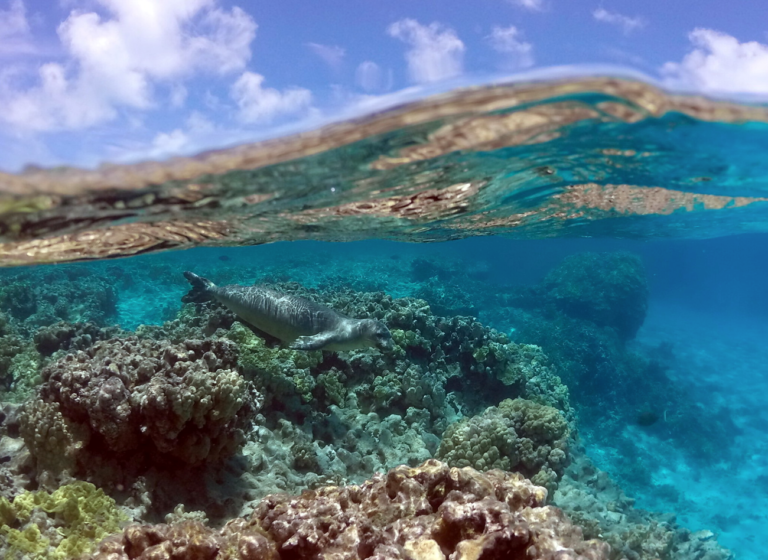On 4 March 2024, the High Seas Alliance will celebrate the one-year anniversary of the historic High Seas Treaty1 being agreed at the United Nations (UN), after almost 20 years of negotiations. It will take stock of the progress made over the year towards enshrining the agreement into international law and will call on world leaders to redouble their efforts to ratify the Treaty swiftly so that it can enter into force by the 2025 UN Ocean Conference in Nice, France.
Since the agreement, Palau and Chile have officially ratified the High Seas Treaty, and 87 UN Member States have signed it, thereby expressing their intention to proceed to ratification.
“We welcome the progress made in the global Race for Ratification of the High Seas Treaty over the past year and congratulate Palau and Chile for being the first countries to officially ratify it,” said Rebecca Hubbard, Director of the High Seas Alliance. “The agreement of this Treaty text was heralded as a win for multilateralism, giving hope to citizens around the world that leaders will act. Yet time is not on our side. Last year’s record highs in ocean temperatures serve to warn us that the heat is on world leaders to swiftly turn their words into law so that we can rescue our shared, global ocean.”
Once 60 countries ratify the High Seas Treaty, it will enter into force and become the world’s first international law to mandate the conservation and management of biodiversity beyond national jurisdictions (BBNJ), enabling the establishment of High Seas marine protected areas, and regulating potentially harmful activities through comprehensive environmental impact assessments.
The High Seas – the ocean beyond countries’ maritime borders – covers half the planet, is home to the world’s greatest wealth of biodiversity and plays an essential role in regulating our climate by absorbing about 30% of the CO2 produced by humans each year. This vast ocean area supports some of the most important, yet critically endangered ecosystems on Earth, yet a lack of governance has left it increasingly vulnerable to human overexploitation. Currently, it is the least protected area of our planet; only 1.5% is fully protected.
Transforming the High Seas Treaty into action in the water is a critical step to securing international goals to reverse the climate and biodiversity crises, including the goal to protect 30% of the world’s land and sea by 2030, agreed during the UN global Biodiversity Summit in December 2022.


